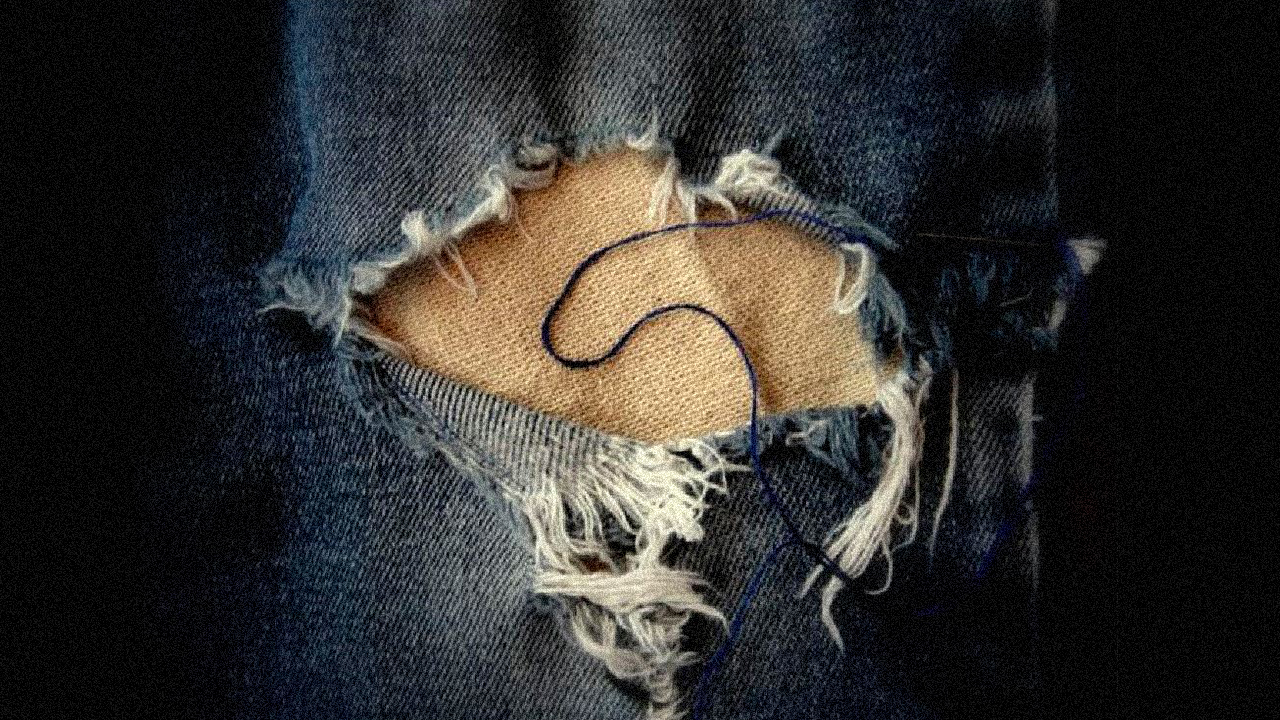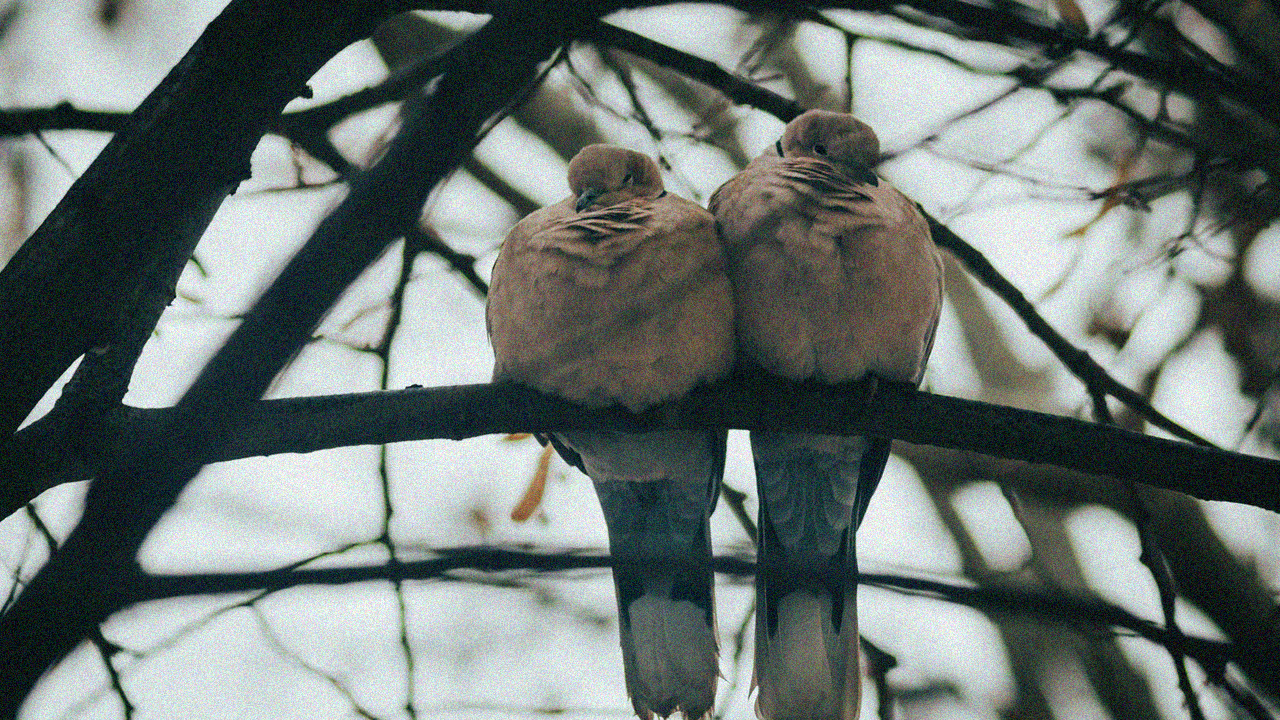
Patches and Skins
Fasting is the body’s natural reaction to loss and longing.
Have you ever thought of it that way? When you’re grieving a loss, longing for the return of that loss, you’re probably not thinking about food. Associated with grief and heightened awareness, ritualized for religious purposes, fasting has always been with us. Ancient Jews ritually fasted twice a week personally, four times a year nationally, and to obtain or avoid things longed for or feared. In other words, fasting is not associated with celebration.
When Jesus is criticized for not making his followers fast, he replies that they can’t fast as long as the bridegroom is with them. Any Jew hearing that response would instantly know he’s talking about the Jewish wedding tradition, a seven day festival where loss and longing are held at bay for that precious week, celebrating with groom and bride. This little saying gives us a window on Jesus, how he views life—always celebrating, laughing, eating, drinking, experiencing abundance rather than loss, enoughness rather than longing.
Then in a seeming non sequitur, Jesus pivots and says no one puts an unshrunk patch on an old garment. First time you wash it, the patch will shrink and make a bigger tear. And no one puts new wine in old wineskins. New wine was not yet fermented, and wineskins were literal animal skins or bladders that could stretch with the fermentation unless they had already been stretched before, bursting and losing everything. Jesus is hammering right on the same point.
The old garment and wineskins represent a static, unyielding mindset stuck on the humorless, legal severity of working to become worthy of connection, on loss and longing, the fear of disconnection. New wine and unshrunk cloth represent the flow of changing circumstance, the willingness to flow with it, bubbling outward with new life and growth.
Only minds free to be herenow, rooted in tradition as a tool for guidance, not a prison cell, can see their connection everywhere, celebrate all the moments of life: the times of fasting, those when the bridegroom is still present, and all the little ones in between.





